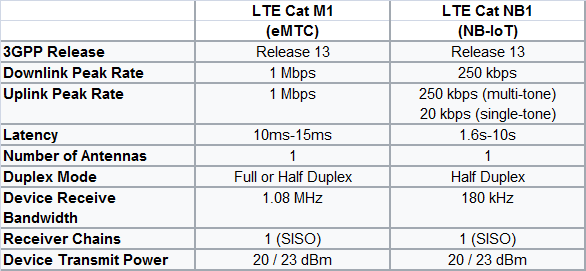Here’s the weekly summary of news items that caught my eye last week. Not many new products to report — it seems we’re in the dog days of summer — but the markets keep humming.
Companies and Products
Custom MMIC released a frequency doubler covering 7 to 11 GHz (input) that achieves 9 dB conversion loss and 44 dB f0 isolation.
National Instruments (NI) released an upgrade enhancing the performance of the NI AWR Design Environment (v13.02). A new script improves Microwave Office’s handling of large numbers of load-pull measurements, and AXIEM improves the iterative solver passivity and DC convergence.
Skyworks launched a high power Bluetooth power amplifier with +14 and +23 dBm output options. The IC includes a bypass path and switches. The enhanced power is intended to improve audio streaming with mobile devices.
Markets and Technology
Cellular and 5G — AT&T launched LTE-Advanced in Indianapolis, including 256-QAM, 4x4 MIMO and three-way carrier aggregation. Currently, only customers with the Samsung Galaxy S8 or S8+ can access the higher download speeds, which AT&T says can reach 2x the data rates of LTE.
British regulator Ofcom released their plan to auction 40 MHz of spectrum at 2.3 GHz and 150 MHz at 3.4 GHz.
Briefed by U.S. technology executives, President Trump endorsed a faster process for siting small cells. The president was responding to comments by Sprint's CEO, Marcelo Claure, who said site approval in some cities takes more than two years.
ZTE reported impressive results in pre-5G trials: 19 Gbps peak throughput at 3.5 GHz, the aggregate of 28 data streams. At 26 GHz, with four streams, the peak throughput was 13 Gbps. The tests were conducted as part of China’s 5G trials.
The U.K. is funding £16 million to develop 5G test networks by King’s College London, the University of Surrey and the University of Bristol. The funding reflects the first part of the U.K. government's four-year 5G Testbeds and Trials initiative to develop and trial new mobile technologies.
The Global mobile Suppliers Association (GSA) published their latest quarterly analysis of the LTE, LTE-A, LTE-A Pro and 5G markets, which you can download here.
IoT — Cellular carriers that wish to offer IoT services are faced with choosing between two flavors: Cat M1 or NB1. Implementing M1 is more straightforward, as only a software update is required; NB1 requires new hardware.

Net Neutrality — Last week’s “Day of Action for Net Neutrality” generated support from prominent internet players, with a few ironic twists. Ajit Pai, chairman of the FCC, was noncommittal about how much weight the protest or volume of comments filed with the FCC will carry. More than eight million comments have been submitted. The initial comment period ends on Monday, July 17, and “reply comments” will be accepted through Wednesday, August 16.
Defense — THAAD (Terminal High Altitude Area Defense), the ballistic missile defense system, intercepted an intermediate-range ballistic missile (IRBM) target, the first IRBM intercept for the system. According to Lockheed Martin, this was the 14th successful intercept in 14 attempts since 2005. THAAD uses hit-to-kill technology to destroy a threat with direct impact.
Other Markets — Yole Développement estimates the RF power semiconductor market (defined as >3 W) will grow at a 9.8 percent CAGR to more than $2.5 billion in 2022. GaN will capture significant share from LDMOS, driven by base station infrastructure. Yole projects the base station infrastructure segment will grow at a 12.5 percent CAGR.

Strategy Analytics forecasts that the commercial radar market will grow to $6.6 billion in 2026, a 4.5 percent CAGR. Air traffic control, maritime, counter-drone and perimeter security will drive the growth.
China reported a $43 billion trade surplus in June, of which the U.S. accounted for $25 billion. China’s exports increased 11.3 percent from the prior June, and imports rose 17.2 percent year-over-year.
Technology and Society — Facebook has more than 2 billion active monthly users, which is 6x the U.S. population and more than 25 percent of the world's population.
A more sober note: China ordered the country’s state-run carriers to block personal VPNs by February 2018. The impact on multinational companies is unclear.
The world's history is being documented in email, although not likely for much longer following increasingly high profile, embarrassing gaffes. So argues Farhad Manjoo of “The New York Times.” Read his column.
Chris Gebhardt, of NASASpaceFlight.com, wrote a fascinating article about Iridium Next and how it is rising from the proverbial ashes of the initial failure of Iridium. The lesson is matching technology to market need and developing a viable business model. Among its services, Iridium Next is aiming to enable over-ocean air traffic control. Read the article here.
If you’re involved in preparing press releases for your company, I recommend reading my article Writing Press Releases That Engineers and Scientists Actually Read. Let me know what you think.

